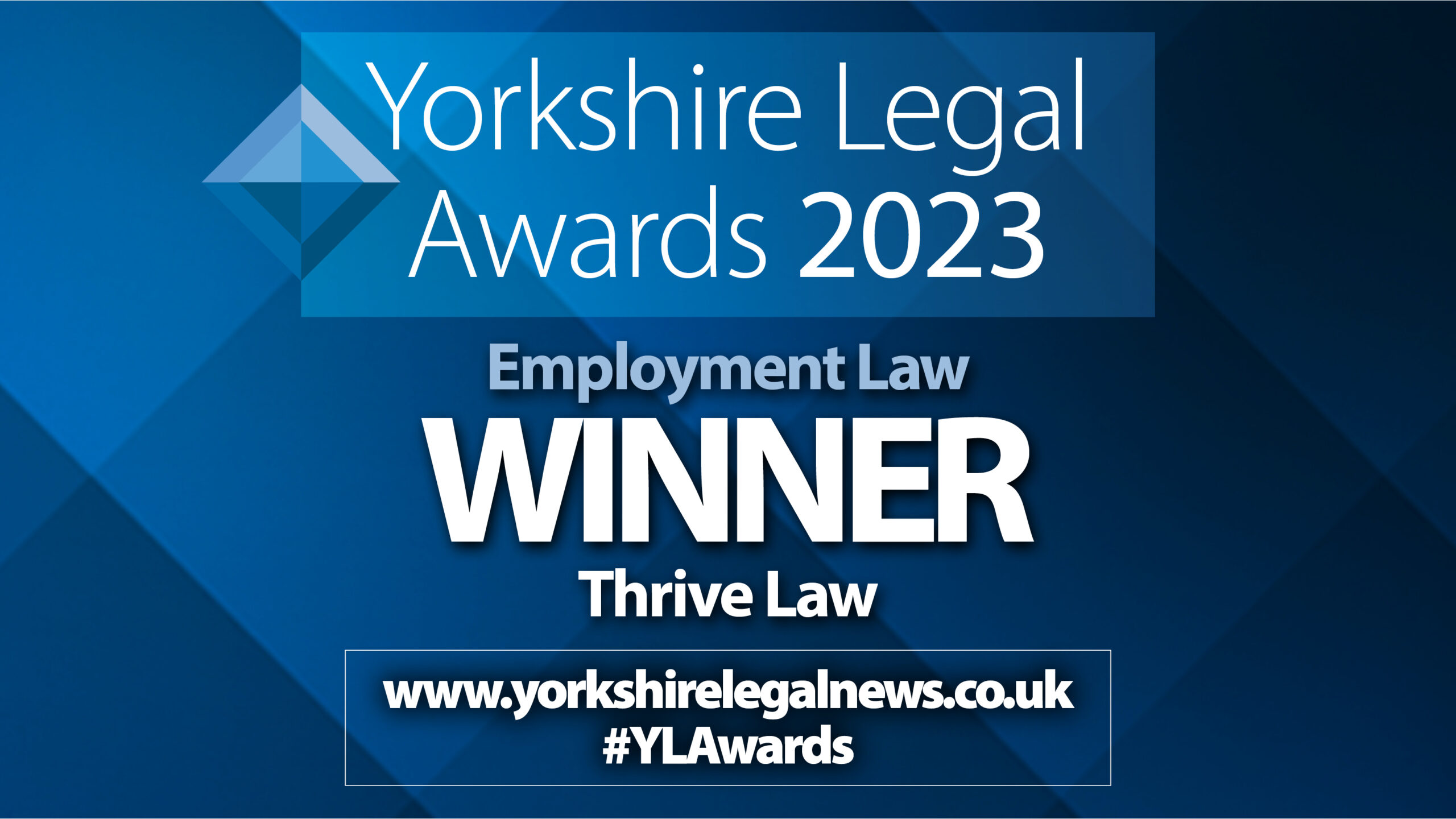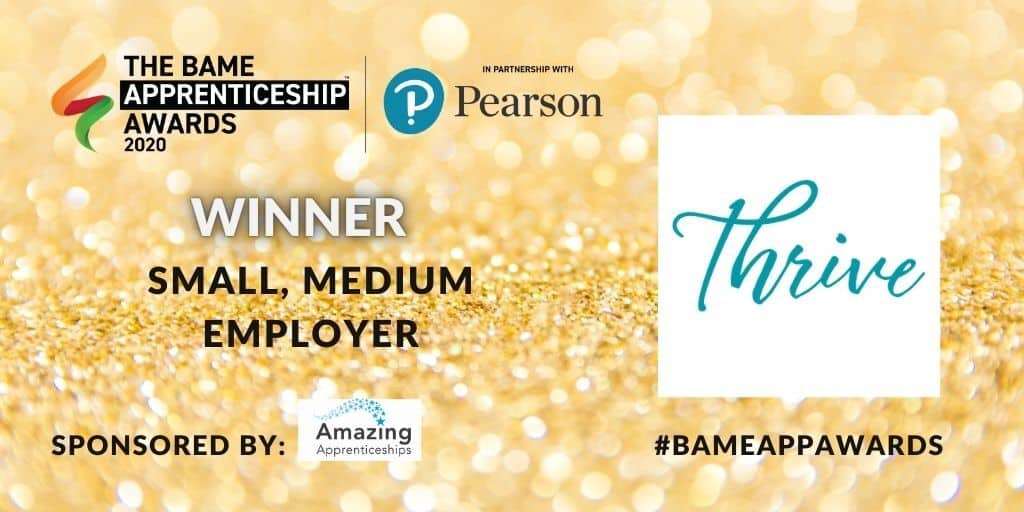Updated 15 June 2020: We received further guidance from HMRC late last Friday evening. Everyone on our mailing list received our update on Saturday; if you wish to be added to this list, please just get in touch.
…
June
In June the scheme will continue as it has done since March 2020 when it began. As our previous blog on furlough has outlined, this means that employers do not need to make any contribution (but if they want to top up to 100% they can at their discretion) and the government will pay up to 80% of employee’s salary up to a cap of £2500.
An important date this month is 10 June 2020 which is the deadline for any new furloughed staff; if you want to take advantage of the new flexible furlough which starts on 1 July, they need to already be furloughed on this date. However, this deadline does not apply to those who are returning from parental related leave (maternity, paternity, shared parental, adoption etc.); they can still be furloughed when their leave ends.
July
In July, employers are not expected to contribute to an employee’s salary, unless they decide to undertake the part-time furlough and part-time working option which is available from 1 July 2020.
This is called ‘flexible furlough’ which means that from 1 July, employers can come to their own arrangements with their staff about coming back to work part-time if there is now some workload due to the lift in lockdown restrictions.
We strongly recommend you consult with all affected staff and agree on any changes to working hours in respect of flexible furlough, or not, in writing with each employee and retain these for 6 years.
The updated guidance has made it clear that such agreements should be in line with both employment law and equality and discrimination legislation. Therefore, it is advisable that employers consider how flexible furloughed arrangements may have an impact on employees that are parents, pregnant women and those with disabilities.
Flexible furlough would mean that the employer pays an employee for the part-time hours worked and the furlough scheme will contribute up to 80% for the unworked hours, based on normal hours worked in that claim period. This can be in any method an employer wants (e.g. 60:40, 50:50, etc). An employer will need to report and claim for a minimum period of at least a week, but it can be for longer periods such as monthly or two weekly cycles if that’s better for employers. An employee cannot work for their employer during their remaining unworked and furloughed hours.
The three-week minimum furlough period will no longer apply after 1 July 2020 where employees are flexibly furloughed; employers will be able to agree what hours employees will work and on what shift pattern on a weekly basis.
If there is no intention for employees to return on a flexible basis in July, then then furlough schemes continue to exist as it currently stands
August
In August, the 80% government contribution will remain; the change here is that employers will be required to pay employer national insurance and employer’s pension contributions which, for the average claim, accounts for only 5% of total employment costs.
Flexible furlough will also continue throughout August.
September
In September, the government contribution will reduce for the first time and they will only contribute 70%, with the employers contributing the remaining 10% in addition to NI and pensions contributions.
Flexible furlough will also continue throughout September.
October
In October, the government contribution will be reduced to 60% (up to £1,875), whilst employers will contribute 20% in addition to NI and pensions contributions.
Flexible furlough will also continue throughout October, but it is due to end on 31 October 2020.
New guidance on how to calculate furlough payments
The government have recently provided new guidance on the steps that should be taken prior to calculating a claim using the Coronavirus Job Retention Scheme. These include:
- Employers should decide the length of the claim period – it is suggested this should be done by matching with payroll dates;
- The usual and furloughed hours of an employee must be worked out.
- The scheme rules are subject to change each month. Therefore, a separate claim must be made every month separately – claim periods cannot overlap.
- Employees returning from sick leave or family-related leave should be calculated on their normal pay before that leave, not their pay whilst on leave.
Self-Employment
Good news for the self-employed – the Self Employment Income Scheme will be extended for a further three months which takes them to the end of August.
The closing date for the current claim, for the last 3 months, is 13 July. We have created a video on the original application process below.









